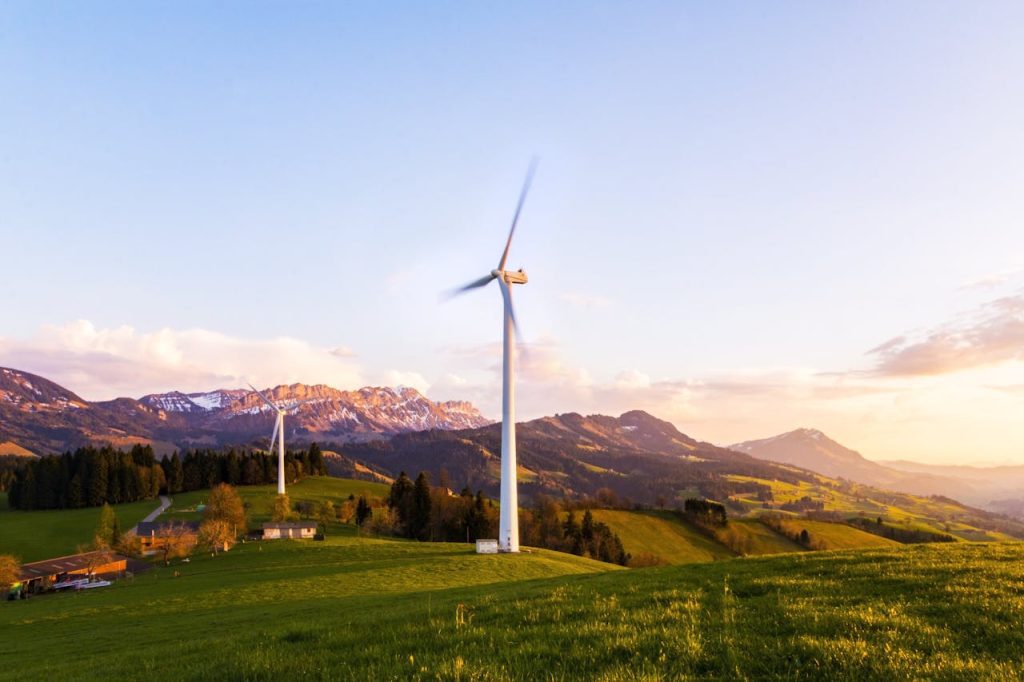In the last year, drone technology has transformed various industries. The industries that the drone can capture like agriculture farming, real estate, Asset inspection, and infrastructure. According to this, the wind energy sector has provided benefits from the start of drones. It is also known as unmanned aerial vehicles (UAVs). These latest machines are prepared with high-resolution cameras, sensors, and AI-driven analytics which can make them necessary for inspecting and maintaining wind turbines and other required assets.
Importance of Wind Turbine Inspections
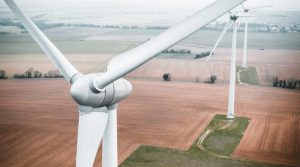
The wind turbines of the towering structures that assemble wind energy can be important for generating renewable energy. Whenever the maintenance and Asset inspection pose significant challenges due to their height, remote locations, and exposure to hard environmental conditions. Regular inspections are necessary to confirm their performance, longevity, and safety. Traditional inspection methods which can involve much labor and heavy tools. This is not only time-consuming and costly but also poses safety risks to personnel.
Brief Mention of Upload Enterprise and Its Services
Upload Enterprise which is located in Sydney, provides drone photography and videography services. Specializing in wind turbine and asset inspections, Upload Enterprise pulls the latest drone technology to present efficient, safe, and cost-effective solutions. Using drones can be useful for clients to maintain their wind turbines’ health, providing uninterrupted energy production and decreasing operational costs.
Understanding Drone Technology
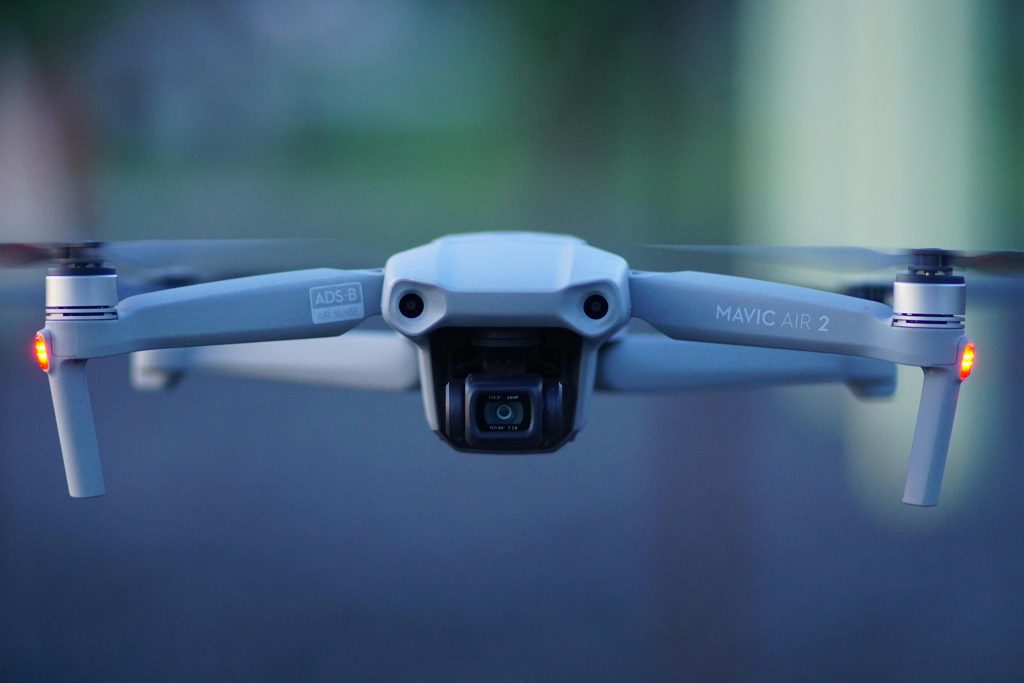
What Are Drones (UAVs)?
Drones, or UAVs, are aircraft systems that can operate without present onboard human pilot. The drone should be remotely controlled or fly autonomously using onboard computers. Drones come in different sizes and configurations. They have specific applications ranging from recreational use to difficult industrial inspections.
Types of Drones Used for Inspections
For wind turbine inspections, there are multiple types of drones are commonly used:
- Quadcopters: The Quadcopters have four rotors and are highly flexible which makes them perfect for capturing images and detailed inspections of turbine blades and other components.
- Fixed-wing Drones: Fixed-wing Drones have longer flight times and the capacity to cover big areas. These drones are fit for surveying vast wind farms.
- Hybrid Drones: Hybrid Drones compare to the benefits of quadcopters and fixed-wing drones, hybrid drones show both vertical takeoff and landing abilities and long-duration flight time.
Advancement in Drone Technology
Drone technology has seen fast improvements, making them more efficient and capable. Key developments include:
- High-Resolution Cameras: Modern drones have been prepared with cameras that capture all the details images and videos, necessary for finding defects.
- Thermal Imaging: Thermal cameras detect heat abnormalities which can help determine the problem like overheating components or electrical faults.
- LiDAR Sensors: These sensors use laser beatings to create precise 3D wind turbine models that aid in structural analysis.
- AI and Machine Learning: AI analytics improve data processing, enabling predictive maintenance and automatic fault detection.
Benefits of Using Drones for Wind Turbine Inspections
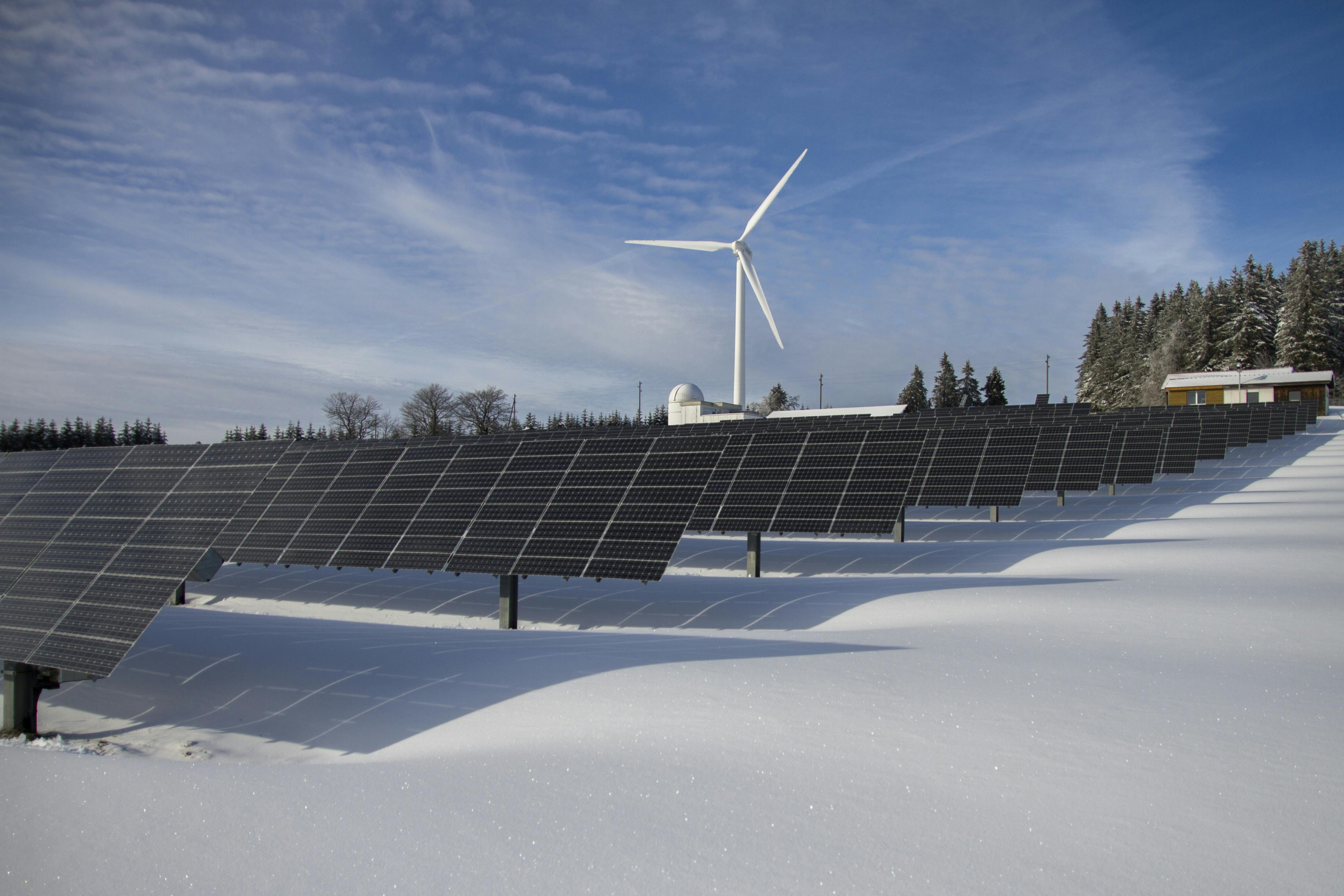
Enhanced Safety for Inspection Personnel
This is the most important advantage of using drones for wind turbine inspections which can be the enhancement of safety. Traditional methods need personnel to climb turbines, frequently in challenging weather conditions, posing significant risks. Drones stop the need for human inspectors to work at dangerous heights. They can reduce the likelihood of accidents and provide a safe working environment.
Cost-Effectiveness Compared to Traditional Methods
Drone inspections are more useful in cost-effective than traditional methods, which involve cranes, frames, and comprehensive workers. Drones can inspect more quickly and efficiently turbines which can reduce the need for costly kits and minimize downtime. This can translate into significant cost savings for wind farm operators.
High-Quality Imaging and Data Collection
The tools that are necessary for Drones with high-resolution cameras and the latest sensors capture detailed images and data that exceed the powers of manual inspections. This high-quality data allows for analysis and quick detection of potential problems that enable proactive maintenance and less the risk of costly repairs.
Accessing Hard-to-Reach Areas
Wind turbines are located in remote or hard-to-access places. Drones can smoothly guide these challenging environments and inspect the components that are hard to reach. There is the ability for inspections without the logistical challenges associated with traditional techniques.
Preventive Maintenance and Efficiency Improvements
Upload Enterprise helps to provide all the details and proper data, drone has enabled the wind farm operators to execute preventive maintenance procedures. Before detection of defects and wear allows for timely repairs, preventing minor problems from growing into major problems. This can improve the overall efficiency and longevity of wind turbines.
The Drone Inspection Process

Planning the Inspection
Effective drone inspections begin with meticulous planning. This involves defining the inspection scope, selecting appropriate drones and sensors, and creating detailed flight plans. Factors such as weather conditions, turbine locations, and specific inspection requirements are considered to ensure a successful operation.
Types of Inspections (Visual, Thermographic, etc.)
Drones can perform various types of inspections, each serving a specific purpose:
- Visual Inspections: Using high-resolution cameras drone to capture detailed images of turbine blades, towers, and nacelles. These images help identify visible defects such as cracks, corrosion, and erosion.
- Thermographic Inspections: Thermal cameras detect heat abnormalities, indicating points like overheating components, electrical faults, or insulation problems.
- LiDAR Inspections: LiDAR sensors make specific 3D models of turbines, aiding in structural analysis and detecting deformations.
Equipment Used (Cameras, Sensors)
The option of tools depends on the inspection type and specific requirements. Commonly used equipment includes:
- High-Resolution Cameras: Captured the detailed visual data.
- Thermal Cameras: Detect the heat abnormalities.
- LiDAR Sensors: Build 3D models and structural analysis.
- AI and Machine Learning Software: the AI can automatic data analysis and fault detection.
Data Analysis and Reporting Outcomes
After the inspection data will be collected and analyzed using the latest software tools. AI analytics improve the accuracy and efficiency of data processing, it can find the defects, and provide reports in detail. These reports deliver actionable senses that help wind farm operators make informed decisions for maintenance.
Challenges and Considerations in Drone Inspections
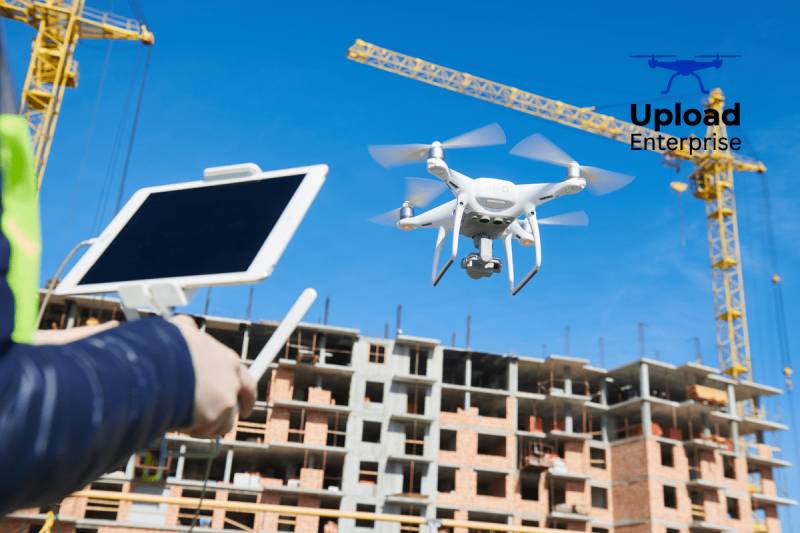
Weather-Related Challenges
Weather conditions mainly affect drone operations. High winds, rain, and fog can affect flight strength and quality of data. You must plan to use weather-resistant drones are important to mitigate those challenges.
Regulatory Considerations in Australia
There is the subject of drone operation for strict regulations which can provide safety and privacy. In Australia, drone operators must follow the rules of Civil Aviation Safety Authority (CASA) regulations. The drone operator must necessary certifications and attach them to operational guidelines. Understanding and navigating these regulations is important for successful drone inspections.
Training and Qualifications for Drone Operators
Drone operators for wind turbine inspections need technological skills and ability. Drone operators have been trained in drone piloting which can collect data techniques and follow safety protocols. Certification must be from identified authorities to confirm that operators are qualified to perform inspections effectively and safely.
Future of Drone Technology in Wind Energy
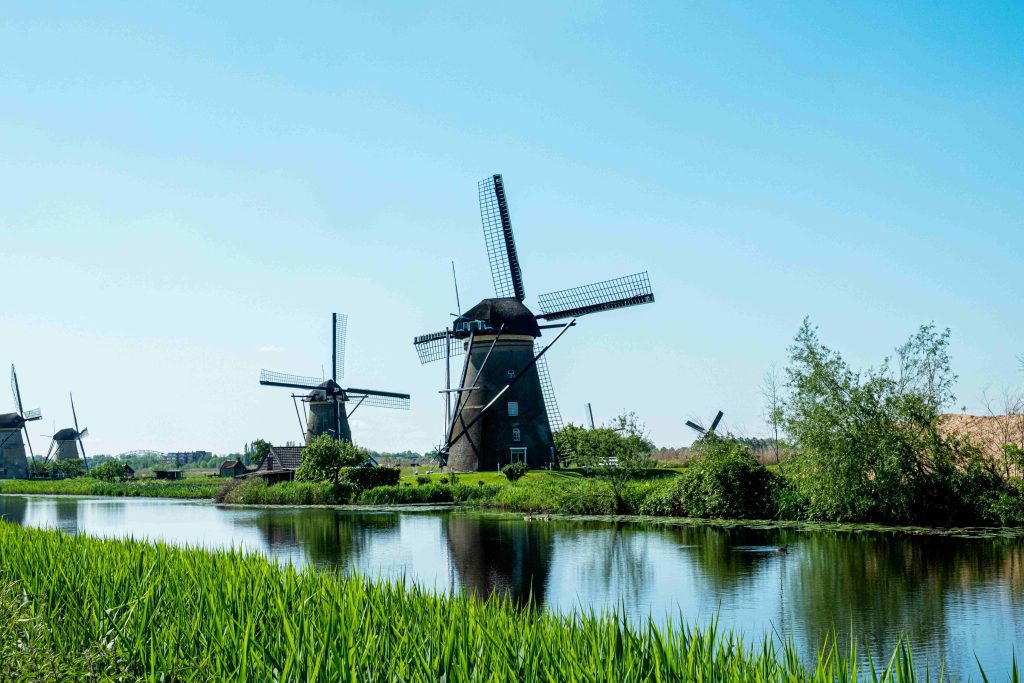
Innovations on the Horizon
The future of drones in wind energy seems promising their innovations improving their capabilities. Drone-improved battery life, refined AI analytics, and improved sensor technologies will further optimize drone inspections. These innovations aim to enable more efficient, accurate, and costless maintenance of wind turbines.
Potential Impact on the Renewable Energy Sector
The growth of drone technology can impact the renewable energy sector. Drones will play an important role in maintaining the health and efficiency of wind farms, donating to the sustainability and dependability of renewable sources. It can reduce maintenance costs and improve operational efficiency, drones will help to adopt wind energy worldwide.
Conclusion
Summary of Key Points
Drone technology has transformed wind turbine and asset inspections. There the numerous benefits like improved safety, cost-effectiveness, high-quality data collection, and access to unreachable sites. To maintain their efficiency, drones play an important role in providing the optimal performance and longevity of wind turbines.
Call to Action for Utilizing Upload Enterprise’s Services
Looking for wind farm operators in Sydney. There is the advantage of drone technology, Upload Enterprise provides comprehensive drone photography and videography services. With expertise in wind turbine inspections, Upload Enterprise ensures efficient, safe, and cost-effective solutions tailored to your needs. Contact Upload Enterprise today to learn how they used new drone technology can help maintain your wind turbines and optimize your renewable energy investments.
